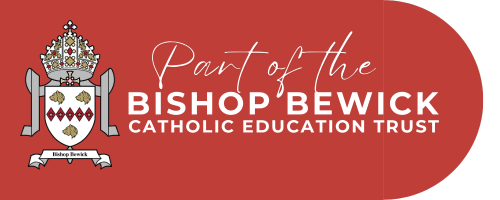Design Technology

Design Technology
Intent:
At Sacred Heart Primary School, we believe that the Design Technology curriculum prepares all pupils to lead a full life by teaching the skills they need to become creative problem solvers. We understand how important it is for our pupils to have a love of art and design. We have therefore created a carefully thought out curriculum, to ensure the journey our pupils experience is purposeful, inspiring, successful and one which prepares them for the next stage of their creative education.
Design technology helps to prepare children for the rapidly changing technological society in which we live. The subject encourages children to become creative problem solvers, both as individuals and as part of a team. Design technology is an inspiring, rigorous, and practical subject. Using creativity and imagination, pupils design and make products within a variety of contexts, considering their own and others’ needs, wants and values, drawing on their mathematic, scientific, computing and artistic knowledge. Through the study of design and technology they combine practical skills with an understanding of aesthetic, social and environmental issues.
Implementation:
Long term planning is based on the yearly teaching programmes set out in the National Curriculum and outlined in Sacred Heart Primary School’s ‘Whole School Curriculum’ document. This ensures that our children can develop depth in their DT knowledge and skills over the duration of the academic year.
Lessons follow a logical format with an introduction, direct teaching, main activity and plenary. It is made clear to the children at the start of the lesson exactly what it is they will learn as the objectives are shared with them.
When teaching a nutrition-based unit of work, we teach pupils how to follow proper procedures for food safety and hygiene and using tools (such as cutting equipment) safety.
We recognise the importance of establishing a secure foundation in design and technology and of teaching and using vocabulary appropriate to the task. We endeavour to set work that is challenging, motivating and which encourages the pupils to talk about what they have been doing.
In EYFS, design technology plays an important role in the curriculum. Through the ‘Expressive Arts and Design’ strand of the EYFS curriculum, children are encouraged to explore a variety of materials, tools and techniques, as well as share their creations with others. This feeds appropriately into the key stage 1 curriculum.
In both KS1 and KS2, design technology lessons are an integral part of the curriculum. It is taught discretely, every other half-term.
Differentiation in design technology takes place through outcome, or by task across the school.
Impact:
The impact of our Design Technology Curriculum is that children develop imaginative thinking which enables them to talk about what they like and dislike when designing and making. Our pupils will be able to talk about how things work, and to draw and model their ideas.
Throughout the design, make, evaluate cycle, pupils are encouraged to select appropriate tools and techniques for making a product, whilst also following safe procedures, which are modelled by class teachers.
By the time children leave us at the end of KS2, they will be fully equipped to continue to develop their technical knowledge in this area, with a sound understanding of technological processes, products and their contribution to our society.
Teachers assess the children’s progress at the end of each unit of work. Long term assessments are carried out towards the end of the school year when pupils’ attainment is measured against the record of key objectives for the subject.

